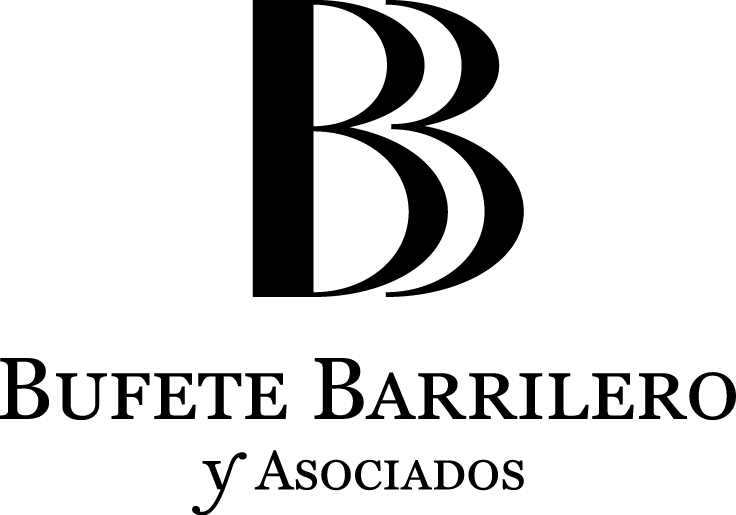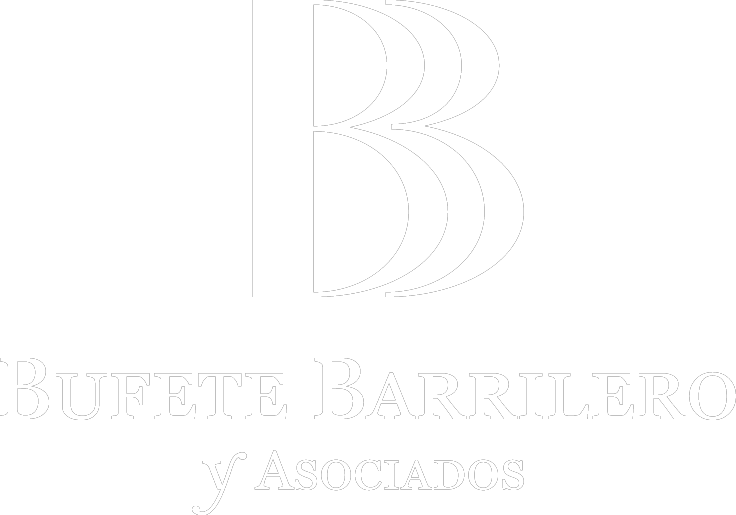CRIMINAL LAW
With the introduction of corporate criminal liability in the Spanish Penal Code, legislators also established the possibility for companies to be exempt from liability if they meet certain requirements—what we now commonly refer to as the adoption of a Corporate Compliance Program or Crime Prevention Model.
This raises an important question: How should the effectiveness of such a compliance model be proven in a criminal trial if a company is under investigation or formally accused? To answer this properly, several key aspects must be analyzed:
- Is Having a Corporate Compliance Program Enough to Obtain Criminal Liability Exemption?
The answer is a resounding no. The courts have been clear in stating that merely having a Corporate Compliance Program neither exempts nor mitigates criminal liability. Companies must prove that their compliance model is effective, useful, and sufficient—meaning it must be capable of reasonably minimizing the risk of corporate wrongdoing and demonstrating a genuine compliance culture within the organization.
An example of this is the ruling by the Criminal Chamber of the National Court (Audiencia Nacional) on March 14, 2022, which denied Deloitte’s request for dismissal due to its failure to prove the effectiveness and usefulness of its compliance model.
- Who Bears the Burden of Proof?
Since this is a criminal proceeding, it seems logical to assume that the burden of proof lies with the prosecution. In fact, the Spanish Supreme Court ruled in its landmark judgment of February 29, 2016 that the absence of a compliance culture within a company is an objective element of the crime. Therefore, it is the prosecution’s duty to prove the non-existence or deficiency of the compliance system, demonstrating that there were no effective controls in place to prevent criminal activity.
However, the State Prosecutor’s Office (Fiscalía General del Estado) takes a different stance. In Circular 1/2016, it argues that Corporate Compliance Programs function as an excuse for exemption from liability. While the prosecution must prove the commission of a crime, the company must prove that its compliance model meets legal requirements.
Despite this ongoing debate, there have been few court rulings clarifying the issue—until now.
In a major shift, the recent Supreme Court Judgment No. 298/2024, dated April 8 (rapporteur: Antonio del Moral) has changed the jurisprudence, ruling for the first time that the burden of proof for demonstrating the existence and effectiveness of Compliance Programs falls on the defense—contradicting previous rulings.
The Court reasoned that the lack of an effective compliance program is a “negative element” of the crime, meaning that proving its existence and effectiveness acts as an exonerating factor. Therefore, the defense must bear the burden of proving this exemption. If the defense fails to present any evidence, the court may legitimately assume that no effective compliance program existed.
- What Are the Best Forms of Evidence?
The most essential piece of evidence is documentary proof of the company’s Crime Prevention Model. However, this alone is not enough to demonstrate proper implementation and effectiveness.
In practice, compliance effectiveness is supported by witness testimony, particularly from:
The Compliance Officer, or
Other members of the compliance control body.
In recent years, independent expert reports have gained prominence as a key method of assessing the adequacy and sufficiency of a company’s Corporate Compliance Program. These expert opinions should not merely confirm the existence of a compliance model in general terms, but also analyze why the alleged criminal act occurred despite the established controls.
This ruling fundamentally shifts the approach to corporate criminal defense, placing a greater burden on companies to prove the effectiveness of their compliance programs. Given this new precedent, businesses must take a proactive approach to compliance, ensuring not only that they have robust policies in place, but that they can conclusively demonstrate their effectiveness in court.


